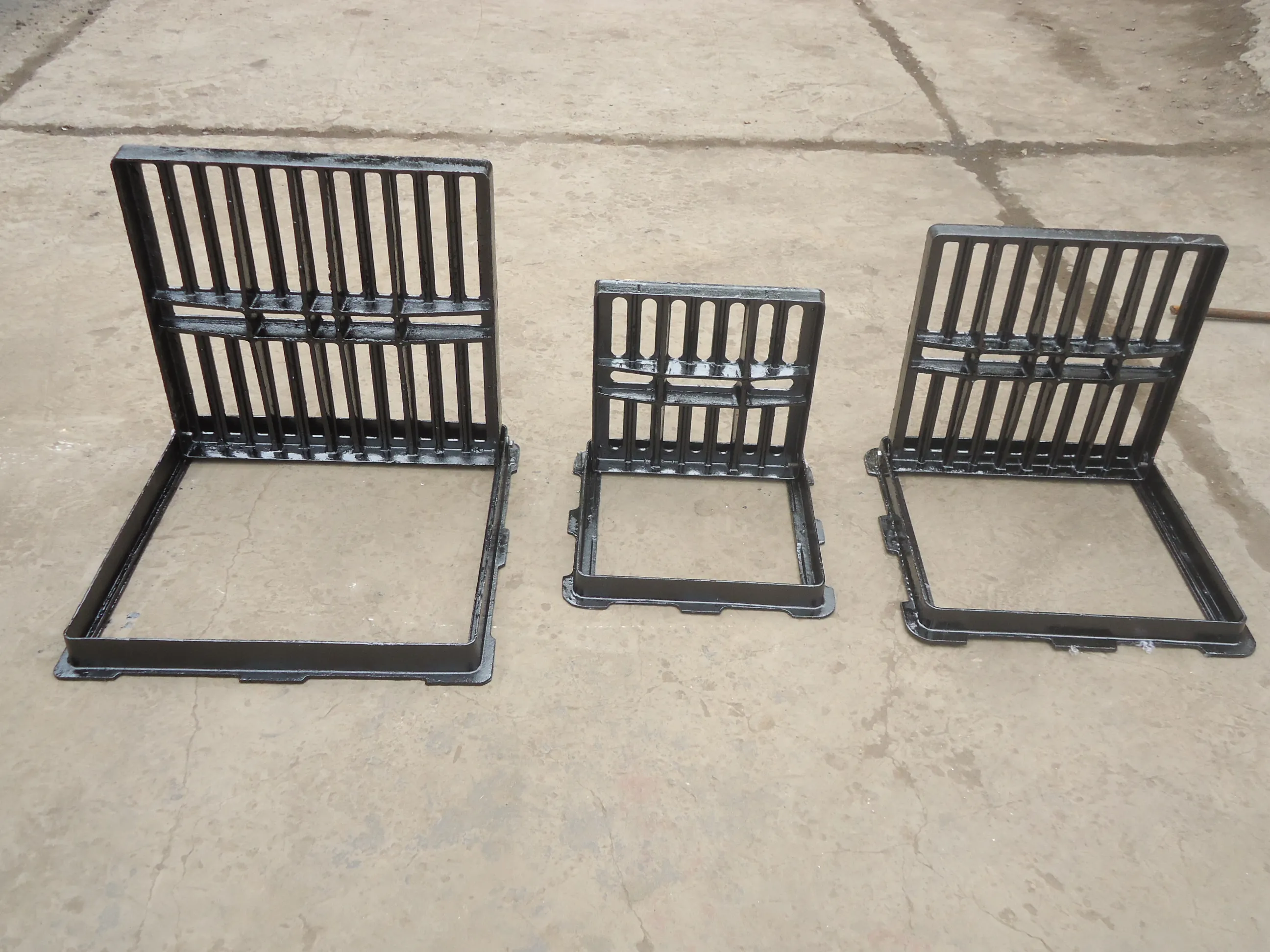Choosing the Right Actuator Type for Butterfly Valves in Various Applications
Understanding the Butterfly Valve Actuator Type
In modern industrial applications, the need for efficient control of fluid flow is paramount. Among various types of valves utilized, the butterfly valve stands out for its simplicity, efficiency, and versatility. A significant component of the butterfly valve system is its actuator, which facilitates the opening and closing of the valve, thus controlling fluid flow. In this article, we will delve into the various types of butterfly valve actuators, their functionalities, applications, and the importance of selecting the right actuator type for your specific needs.
What is a Butterfly Valve?
Before diving into actuators, it's essential to understand what a butterfly valve is. A butterfly valve is a quarter-turn valve that utilizes a circular disc or vane to regulate flow. The valve is named for the disc's resemblance to a butterfly wing. The design of the butterfly valve allows for quick operation, making it an ideal choice for applications where rapid flow control is necessary.
Types of Butterfly Valve Actuators
Several types of actuators can be used with butterfly valves, each offering different advantages depending on the operational requirements.
1. Manual Actuators Traditionally, butterfly valves were operated manually using hand wheels or lever arms. This method is straightforward and cost-effective; however, it may not be practical for large valves or applications where frequent adjustments are required.
2. Electric Actuators Electric actuators have become increasingly popular due to their ease of use and ability to automate valve operations. These actuators use an electric motor to open or close the valve, providing precise control. They are best suited for applications requiring remote operation, integration with control systems, or where high-frequency cycling is needed.
3. Pneumatic Actuators Utilizing compressed air, pneumatic actuators are ideal for applications requiring rapid actuation. They provide quick responsiveness and can be used in environments where electric power is not available. Pneumatic actuators are particularly favored in industries such as food and beverage, pharmaceuticals, and oil and gas.
butterfly valve actuator type

4. Hydraulic Actuators For applications that demand high torque and consistent performance, hydraulic actuators are often the actuator of choice. They work by utilizing hydraulic fluid to create movement, making them suitable for large butterfly valves in heavy-duty applications.
Selecting the Right Actuator Type
The choice of actuator largely depends on several factors, including the application, environmental conditions, required response time, and maintenance considerations.
- Application Requirements Consider the specific needs of your operation. For instance, if you need frequent and precise flow control in a low-pressure environment, an electric actuator might be ideal. Conversely, for high-pressure systems, a hydraulic actuator may be more appropriate.
- Response Time In processes that require rapid changes in flow, pneumatic actuators are often preferred due to their speed. However, electric actuators might be suitable for applications where responsiveness is less critical.
- Environmental Conditions The location of the valve is crucial. If it is subject to extreme temperatures or corrosive substances, selecting an actuator that can withstand such conditions is essential.
- Maintenance Needs Some actuators require more maintenance than others. For instance, pneumatic actuators may need regular checks on air supply and seals, while electric actuators typically require electrical maintenance.
Conclusion
In conclusion, selecting the right butterfly valve actuator type is vital for the efficiency and reliability of fluid control systems. With options ranging from manual to advanced electric, pneumatic, and hydraulic actuators, understanding the specific needs of your application is crucial in making an informed decision. As industries continue to innovate and automate, the role of butterfly valve actuators will only become more critical in enhancing operational efficiency and effectiveness. By choosing the right actuator, businesses can optimize their processes, reduce downtime, and improve overall productivity.
-
The Smarter Choice for Pedestrian AreasNewsJun.30,2025
-
The Gold Standard in Round Drain CoversNewsJun.30,2025
-
The Gold Standard in Manhole Cover SystemsNewsJun.30,2025
-
Superior Drainage Solutions with Premium Gully GratesNewsJun.30,2025
-
Superior Drainage Solutions for Global InfrastructureNewsJun.30,2025
-
Square Manhole Solutions for Modern InfrastructureNewsJun.30,2025
-
Premium Manhole Covers for Modern InfrastructureNewsJun.30,2025
